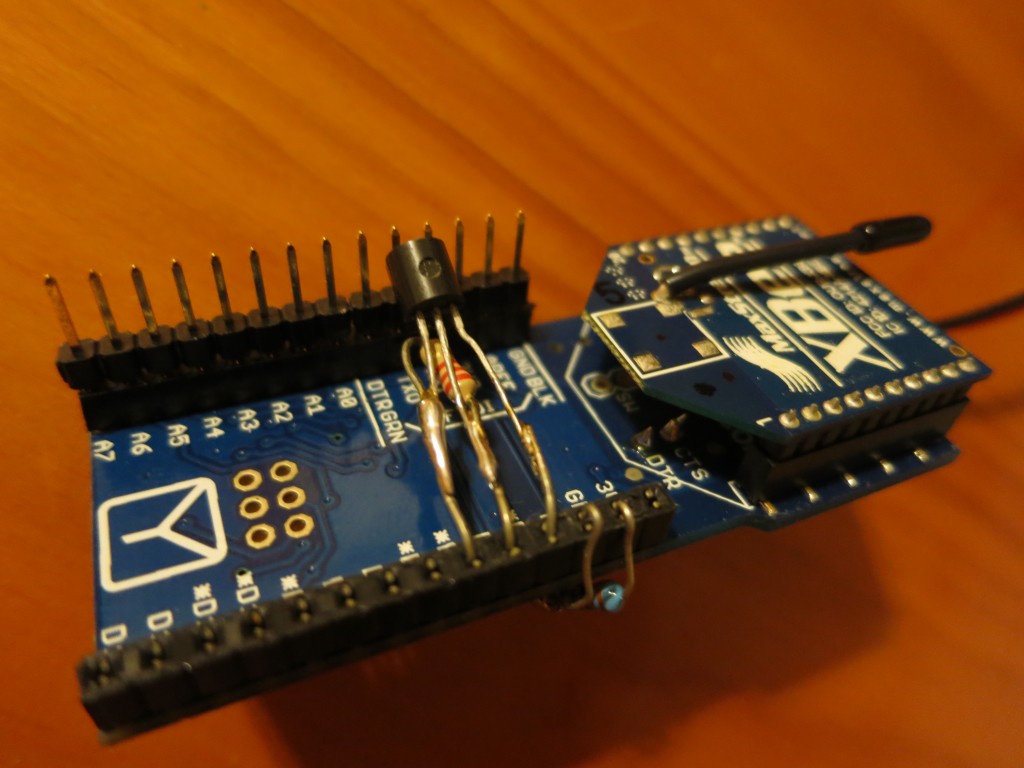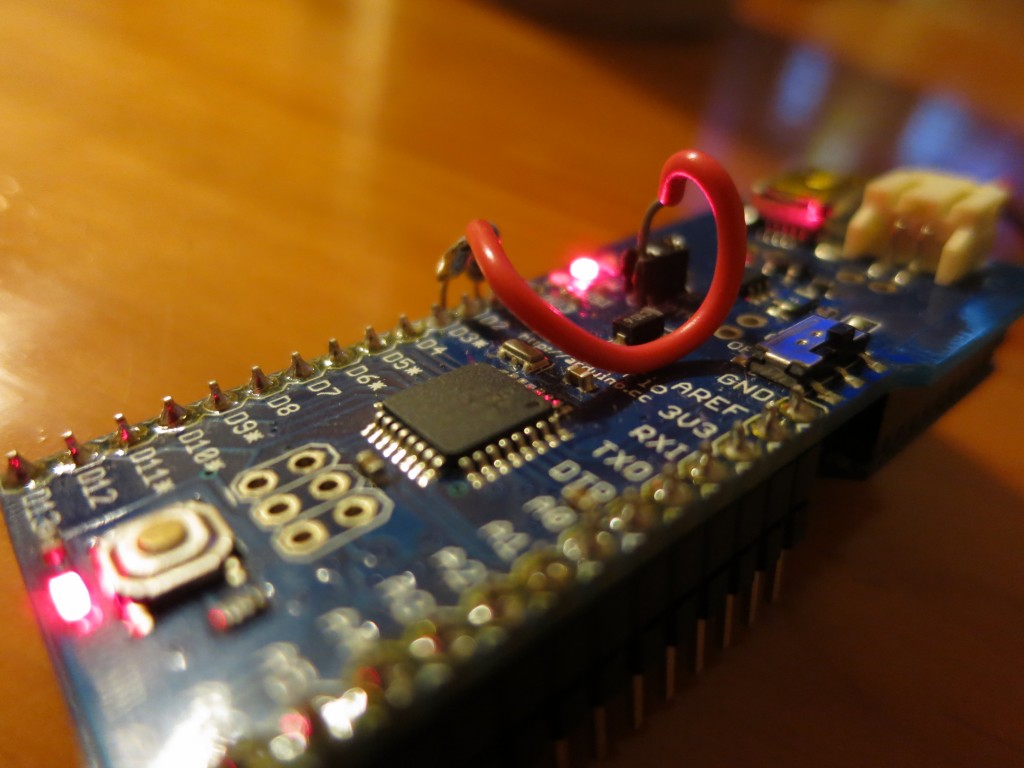The Arduino Fio is a nice little Arduino board designed specifically to interface with XBee devices. I think it’s a great little board and have used it quite a bit in the past. BUT, I haven’t talked too much about the XBee interface, so for this post, I wanted to demonstrate an example utilizing the XBee socket to get an Arduino Fio onto the web. This is a simple example, just demonstrating communication with the Microchip RN171XV (previously Roving Networks RN-XV) wifi module.
Click through the break for information on the setup and source code to get the Arduino Fio onto the web.
Read More






